A legend has continued for centuries in the English village of Bisley that when Elizabeth Tudor was about 10 year old and living with some courtiers there, she died of plague and her carers were so scared of the evil King Henry 8th that when the King was due on a very rare visit to his daughter, they substituted a boy from the village to pretend to be Elizabeth. This was not unusual. Henry hardly knew his daughter. Once done though, the courtiers had to continue the pretence, little suspecting that Elizabeth would one day be monarch; in fact arguably England's greatest monarch.
So entrenched in village life is the story of “The Bisley Boy “that their annual May Queen was traditionally a boy dressed in Tudor princess clothes. The story so intrigued Dracula fiction author, Bram Stoker, that he even included it in his book on Famous Imposters.
Was Elizabeth 1st a man? Decide for yourself!


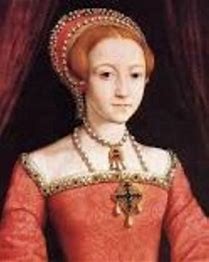
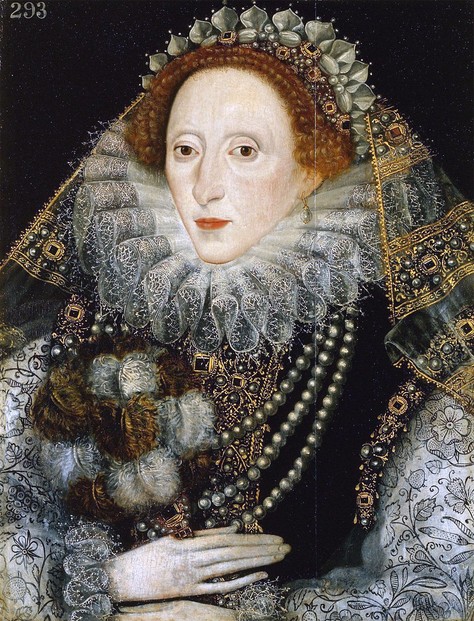
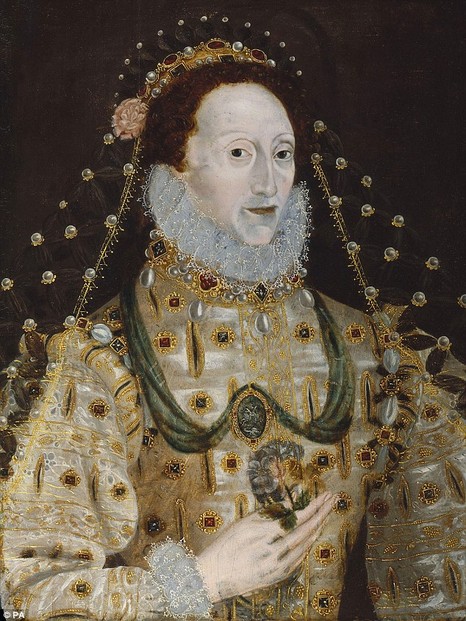
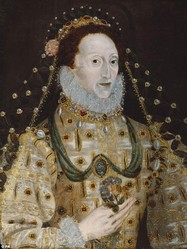

 Blarney Castle and Gardens, County Corkon 06/01/2023
Blarney Castle and Gardens, County Corkon 06/01/2023
 An Cóbh, Corcaigh, Eireon 05/29/2023
An Cóbh, Corcaigh, Eireon 05/29/2023
 Dublin ; The Book of Kellson 04/04/2023
Dublin ; The Book of Kellson 04/04/2023
 The Bee Tree Community CIC;- an online support communityon 08/24/2022
The Bee Tree Community CIC;- an online support communityon 08/24/2022

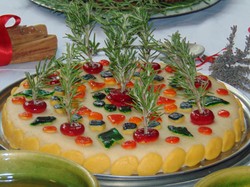
Comments
Unitedstatesian historical fiction sometimes associates Queen Elizabeth I romantically with her BFF Robert Dudley, acknowledged as My Eyes and Robin.
Do British-Isles-ers have that tradition?
That is a good observation but of little relevance . Hands are notoriously difficult to put into a painting and can not be taken as evidence of anything other than the skill of the painter. Many mediaeval artists didn't include hands. Paintings could not be given the same import as a photo. She might have had squat hands but wanted them long and slender.
I have looked closely at the picture above and noticed that she has a woman's hands. If you compare male and female hands you note that in males the finger next to the little finger is longer than the index finger.In females the two fingers are the same length, as they are in both pictures of Elizabeth. This is not an absolute rule, but it is true in most cases, and in high testosterone males this secondary sexual characteristic can be quite pronounced. She also has the slim hands of a woman as opposed to the bulky hands of a male.
In terms of strength she is up there with Alfred, William the Conqueror and Henry the Second, but in ethical terms of that bunch only Alfred meets the standards; and only she and Alfred were scholars. She was very intelligent. She was by no means as cruel as her father was.
Her speech at Tilbury as the Armada approached hints at gender confusion, for she declared that she had the body of a woman, but the heart of a king.
Mira
Yes, it seems that intersex can manifest itself at puberty if not at birth. She left details that her body wasn't to be uncovered even after death .
What ever the reasons, there is certainly something secretive in this situation.
Ty for the comment.
Frank
Cruel as she was, she was in my opinion the strongest monarch England ever had, and all in a time when women were overlooked.
There are reasons why her body must never be looked at even after death.
Tolovaj
Yes indeed. Monarchs were greedy, murderous and cruel people.
Great comment.
I have just done a bit of research into intersex, and it seems that 1 in 2000 children are born with it, though it exists to varying degrees. Considering how many children royals have produced it is likely that one or more would be intersex.
Before the Reformation an unmarriageable girl in an upper class family, especially one who was as Elizabeth was an able scholar, would have been sent to a convent to live quietly. But the Reformation put an end to the conventual path for women. Allied to the fact that Henry produced only a feeble son, it meant that Elizabeth was catapulted into the role of monarch.
Intersex sounds very plausible given the info you have given here. Thanks for an enjoyable read :)
Thanks for this intriguing story. While I still believe she was a she, there are definitely many skeletons in the closets (pun intended) of all royal families.